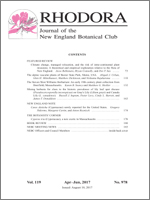FEATURED REVIEW (4)
NEW ENGLAND NOTE (1)
BOOK REVIEW (1)

No abstract available
No abstract available
No abstract available
No abstract available
